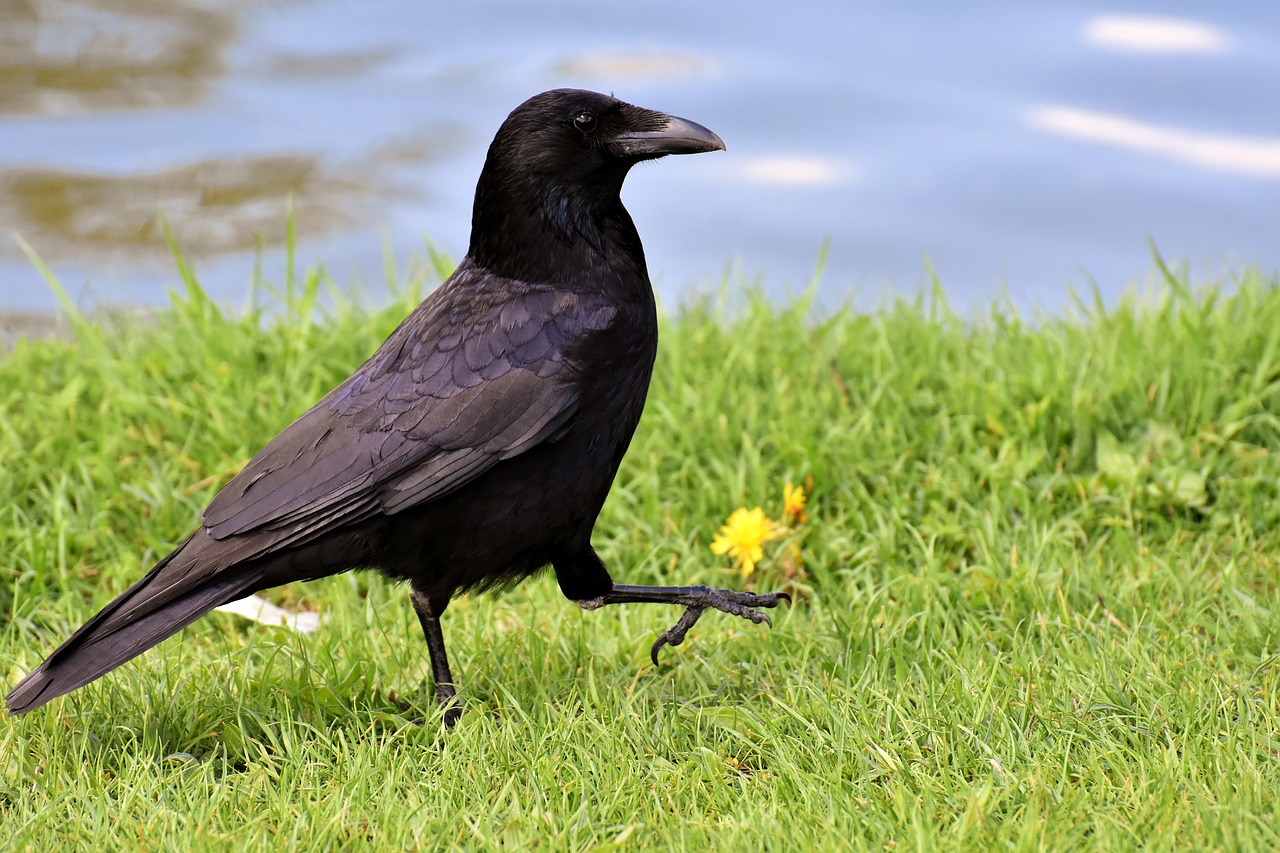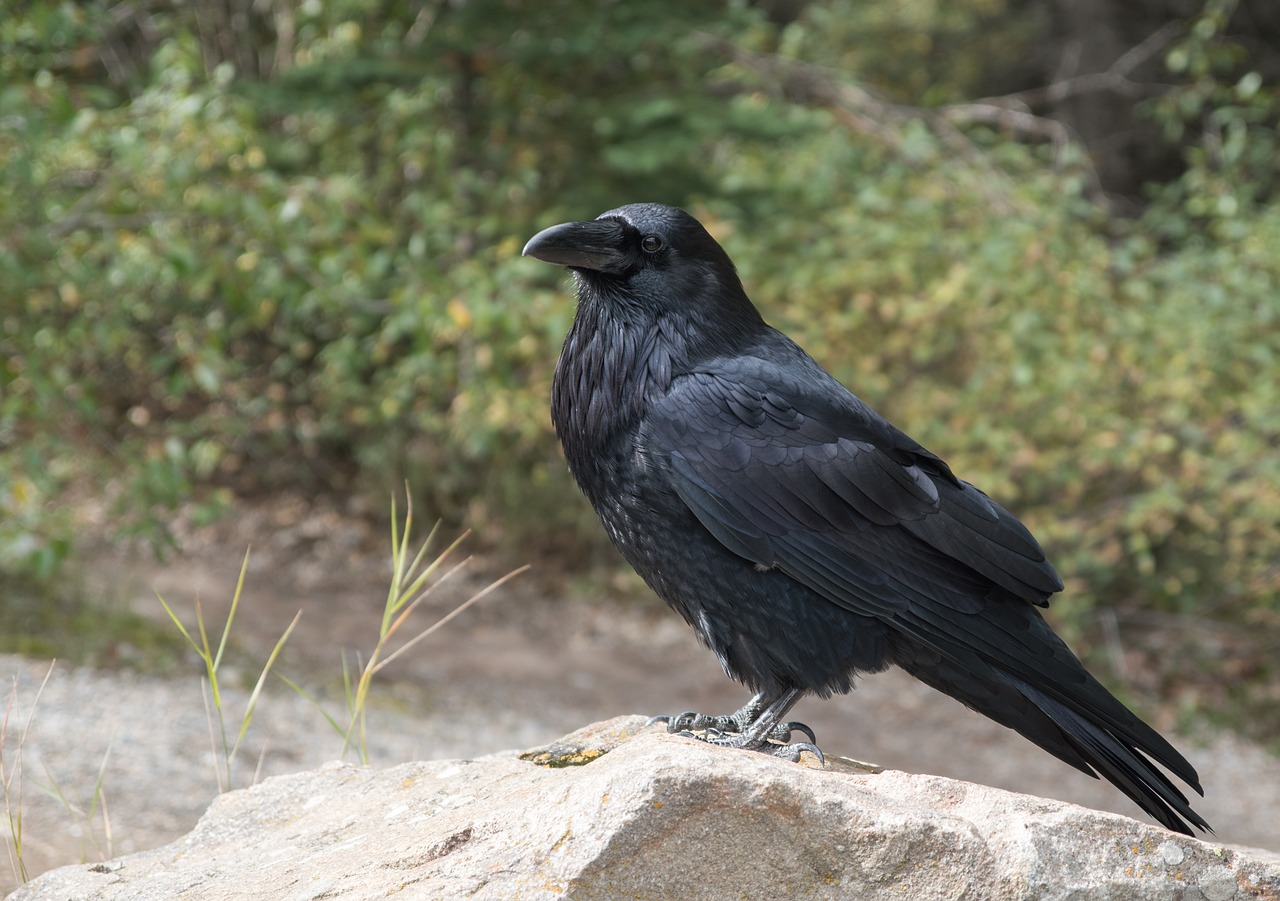Crows have made their way into both historic and legendary stories for thousands of years. From the Bible to the success of a nation, crows take on minor and not-so-minor roles. A few of my favorites are below.
Greek mythology: Apollo, the god of prophecy, sent a white raven to spy on his lover, Coronis. When the raven returned saying Coronis had been unfaithful, Apollos was so mad he scorched the raven, turning it black.
The Bible: Noah releases a raven from the ark to see whether the flood has subsided enough for land to appear; ravens feed the prophet Elijah while he hides out in the Kerith Valley.
Christian legend: After the fourth-century martyr Saint Vincent of Saragossa was executed, his body was said to have been protected by ravens; flocks of ravens then guarded his grave.
Norse mythology: One of the principal gods in Norse mythology, Odin, is said to have two ravens (Huginn and Muninn) that fly out each morning and soon return to perch on his shoulders, bringing him news of the world and serving as thought and memory.
Hinduism: The deity Shani, who is considered to be a bringer of bad luck, is often represented as riding a large black raven.
Islam: The founder of Islam, Muhammed, was hiding from enemies in a cave. A crow, which was originally white, spotted him and alerted the enemies by calling "Ghar, Ghar" or "Cave, Cave!" Muhammed still escaped, then turned the crow black as punishment and cursed him so he would only speak the phrase, "Ghar, Ghar" for the rest of his life.
Native American stories: For some, the raven is the Creator of the world, as well as a trickster god. There are stories about raven stealing and then releasing the sun, and of raven coaxing the very first (and very skittish) humans out of a clam shell.
England: Ravens have lived in the Tower of London for centuries, and per legend, the Kingdom of England will fall if the ravens are removed. The ravens were first protected under the reign of Charles II, and today, seven ravens are kept by the Raven Master at the Tower (the required six, plus an extra). They are fed raw meat and sometimes a rat, and people enjoy watching their antics - one used to lie on its back and play dead.
__________
creative commons | James Tissot, Elijah Fed by the Ravens








